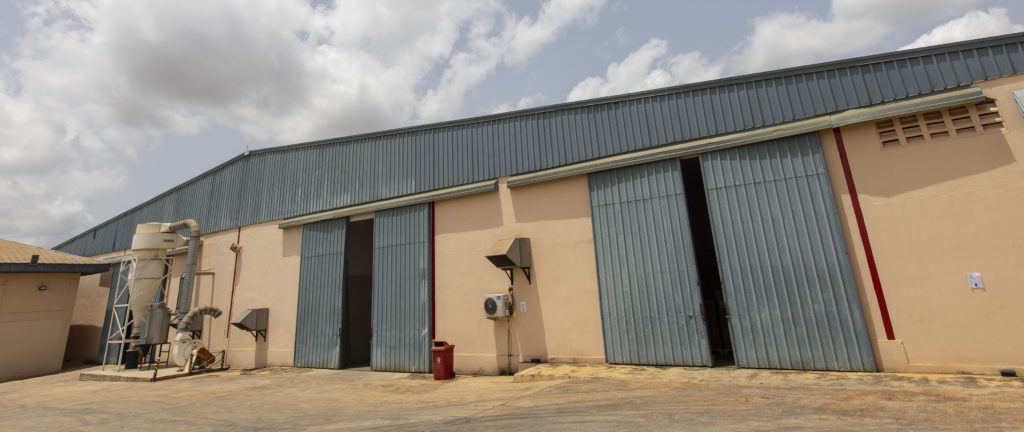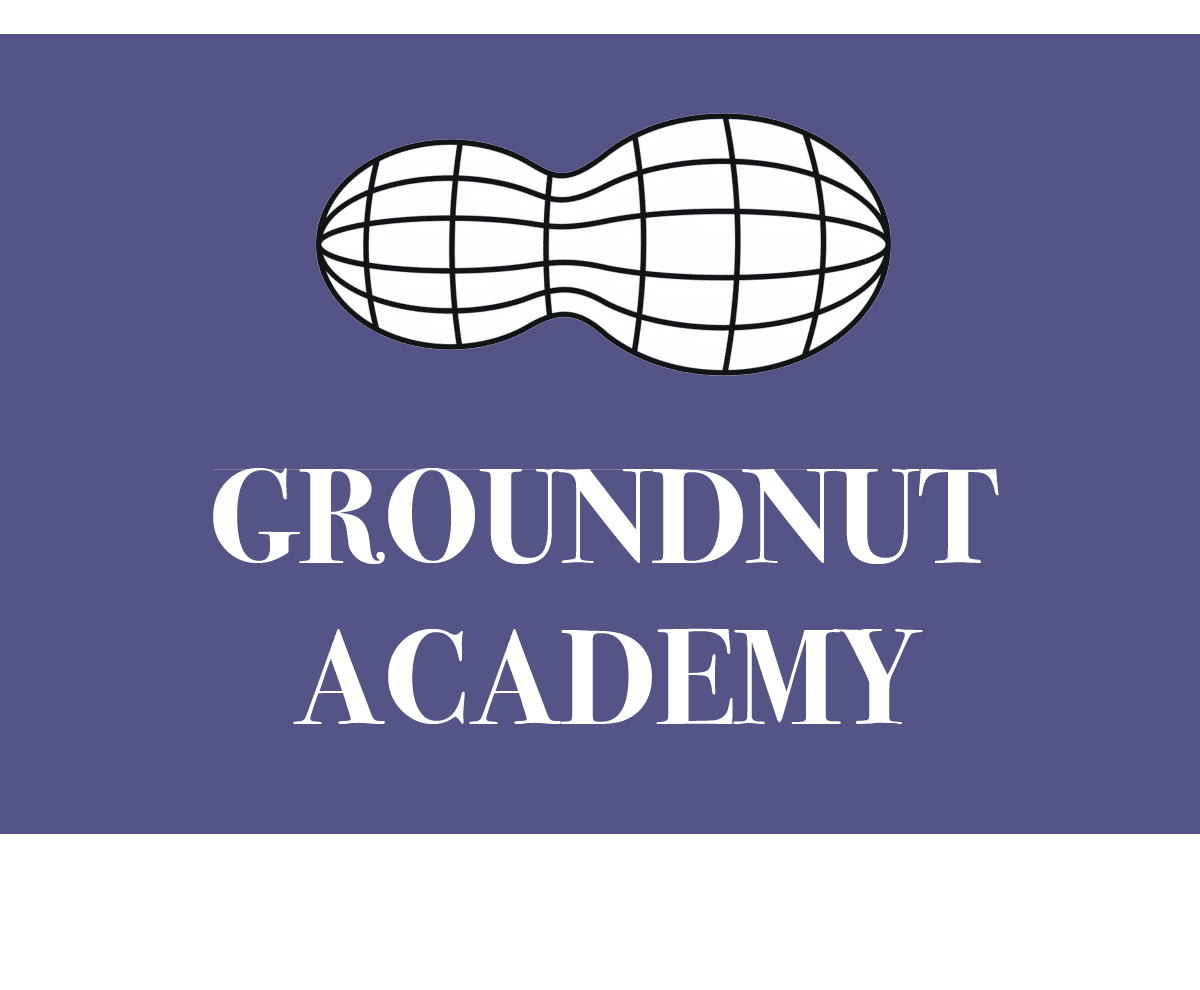
It is important to maintain safe facilities. The GMPs for facilities could be grouped in many ways, but one way to consider them might be: Inside, Outside, Pest Management and Sanitation.
GMPs listed for the plant and grounds help ensure that the building and structures are suitable for food production and reduce the potential for contamination by pathogens. For example, make sure that the grounds outside the food facility are clean, with no standing water, and that waste is collected and removed on a regular schedule. Inside the facility, provide adequate space and proper separation of different processing activities and products. Here are practices designed to maintain a safe facility:
INSIDE:
- When a facility produces more than one product, those operations should be separated to prevent cross-contamination and spreading allergens.
- Walls, floors, and ceilings should be kept in good repair and accessible for cleaning.
- Condensation indoors should be kept out of the product to avoid contamination.
- Adequate lighting should be provided.
- Glass should not be used. When necessary for lighting, fixtures should be covered to prevent glass from breaking.
- Equipment and utensils should be kept sanitary.
- Metal refuse containers should have tight fitting covers and be stored on racks.
- Primary production areas should be maintained to avoid cracked or damaged floors, hollow unsealed objects (such as equipment supports, conveyor frames, pipes that are designed to be sealed or closed) and poorly installed equipment.
- Barriers and other controls should be implemented to maintain proper hygiene in the primary production area.
- Establish procedures for all hygiene activities and practices
- Establish a master sanitation schedule for equipment and processing
- Train all personnel regarding barriers and sanitary practices.
GMPs for Peanut
Define different areas within the peanut product facility in relation to sanitation requirements for raw, processed, and finished products.
Establish the required level of product protection for raw, processed, and finished product areas. That means, defining who has access to different areas and establishing barriers where appropriate (between raw peanut and processed areas).
Construction and equipment design should meet hygiene requirements.
OUTSIDE:
- Debris (litter, waste, and scrap material), unused equipment, and uncut vegetation should be removed from around the facility. Grass should be cut regularly. This eliminates areas where rodents could live.
- Grounds should have proper drainage to avoid standing water that breeds insects.
- A vegetation-free border should be maintained around the building. The border should be 3 feet wide and extend from the ground to above the roof around the building perimeter including tree limbs and shrubs.
- Scrap, pallets, pipes, drums, etc., should not accumulate on the grounds or parking lot.
- Roofs should be maintained in good repair. Water from roofs or condensate within the plant should be prevented from contaminating product.
- Outside openings should be screened to prevent pests from getting inside.
GMPs for Peanut
Any equipment used to remove foreign material from peanuts should be maintained and kept in a sanitary condition.
Peanuts should be stored in a warehouse that is clean, dry, well ventilated and pest free.
Rodent bait stations should only be installed outside of buildings at about 50 feet (15 meter) intervals and routinely monitored.
Peanut unloading and storage areas should be free of standing water, including elevator wells and dump pits, and kept sanitary.
Vehicles used to transport peanuts should be inspected to ensure they are clean, dry, and free of objectionable odors.

